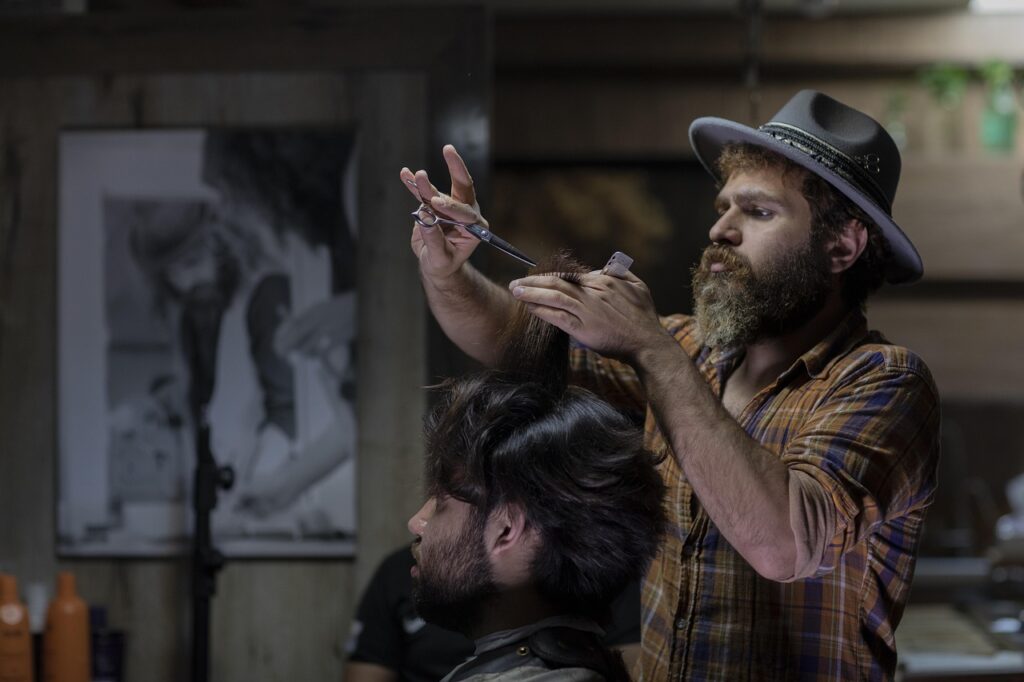Walking into an interview or pitch meeting can feel overwhelming, especially when your portfolio is the centerpiece of the conversation. It’s not just about showcasing your work—it’s about telling a story that highlights your skills, creativity, and value. A well-presented portfolio can make all the difference in leaving a lasting impression.
Importance Of A Strong Portfolio
- A strong portfolio demonstrates expertise and showcases tangible proof of skills. It acts as a bridge between claims about abilities and real-world outcomes. It provides decision-makers with context for evaluating qualifications.
- Recruiters and clients often rely on portfolios to assess competence. For example, a graphic designer’s portfolio can highlight creativity and technical ability, while a writer’s portfolio can showcase versatility across content types.
- A well-structured portfolio also reflects professional organization. With clear categorization and intuitive navigation, it becomes easier for viewers to assess relevant projects quickly, especially during time-sensitive discussions.
- A portfolio tailored to specific roles or audiences shows preparation and attention to detail. For instance, including specific projects that align with the position being pursued can boost relevance and engage stakeholders directly.
Preparing Your Portfolio For Interviews
A well-prepared portfolio creates a strong foundation for any interview or pitch meeting. Its content, relevance, and structure directly influence how stakeholders perceive my expertise.
Selecting Your Best Work
I include only my strongest projects to create an impact. These projects should highlight my most relevant skills, measurable results, and creative processes. For instance, if I’m a web developer, I might display websites with responsive designs or efficient coding solutions that solved client needs. Quality outweighs quantity when showcasing achievements.
Tailoring Your Portfolio To The Job Or Client
I align my portfolio with the specific position or client’s requirements. For each audience, I emphasize projects that mirror their industry or challenges. If applying for a marketing role, I ensure my portfolio includes campaigns demonstrating strategy development, audience engagement, and ROI improvements. This tailored approach emphasizes my understanding of their goals and assures them of my alignment with their needs.
Keeping It Organized And Easy To Navigate
I structure my portfolio for quick, intuitive navigation. Projects are grouped by type or expertise, such as branding campaigns, UX designs, or content pieces, and labeled clearly. If using digital formats, I ensure fast-loading pages and clickable links. For print portfolios, I organize materials chronologically or thematically with clear sections, allowing the interviewer to access relevant examples effortlessly.
Best Practices For Presenting Your Portfolio

Presenting a portfolio effectively requires preparation and strategy to convey your skills and achievements with clarity. Following structured practices ensures a stronger connection with your audience and a professional impression.
Practicing Your Presentation Skills
I rehearse delivering my portfolio to refine clarity, timing, and flow. This includes practicing transitions between projects, explaining their relevance, and addressing potential questions concisely. I focus on maintaining eye contact, speaking confidently, and using precise language. Conducting mock presentations with peers helps me identify weak areas and polish my delivery.
Telling A Story Through Your Work
I structure my portfolio to narrate a cohesive story highlighting my career progression and expertise. Each project connects to specific themes, showing how I developed or applied particular skills. For example, I might group projects by industry to emphasize niche expertise or by skill set to showcase breadth and adaptability. This storytelling approach keeps the audience engaged and demonstrates intentionality in my work.
Highlighting Key Achievements And Results
I prioritize projects with measurable outcomes that showcase my impact. For each case, I share details like metrics, visual results, or client feedback to substantiate my contributions. For instance, I might mention increasing user engagement by 25% in a UX project or completing a design under budget and ahead of schedule. By emphasizing results that align with the audience’s goals, I reinforce my value proposition.
Navigating Virtual Portfolio Presentations
Presenting a portfolio virtually requires thoughtful adaptation to ensure a professional, engaging, and seamless experience. I focus on leveraging the right tools and optimizing the setup to create a polished virtual presentation.
Tools And Platforms To Use
Choosing reliable tools enhances the quality of virtual presentations. I rely on platforms like:
- Zoo
- Microsoft Teams
- Google Meet
for their screen-sharing features and compatibility across devices. Platforms like Figma or Adobe Portfolio help in showcasing creative work with interactivity and professional layout. When displaying presentations, I use software like PowerPoint or Canva to create visually appealing slides that complement my portfolio.
For interactive elements, tools like Miro or MURAL allow me to demonstrate processes or brainstorm visually. If the portfolio includes videos or animations, I ensure they are hosted on platforms like Vimeo or YouTube for smooth integration. Cloud storage platforms like Google Drive or Dropbox are essential for sharing additional project files or supplemental materials during the meeting.
Ensuring A Smooth Virtual Experience
I ensure a smooth presentation by preparing my environment and testing all aspects beforehand. A stable internet connection and a quiet, well-lit space are non-negotiable. I test screen sharing, video playback, and audio to confirm everything works seamlessly. Learning keyboard shortcuts for platform-specific controls enhances my efficiency during the session.
I organize my desktop to avoid distractions and create folders for quick access to relevant files. Keeping presentations concise, I align my narrative with the audience’s goals, ensuring clarity and engagement. I also record practice runs to refine my timing, transitions, and responses to potential questions.
Additionally, I prioritize audience interaction, pausing for questions or encouraging discussion to keep them involved. If technical issues arise, I switch to backup plans, such as resending portfolio links or walking them through materials verbally. This readiness conveys professionalism and adaptability.




